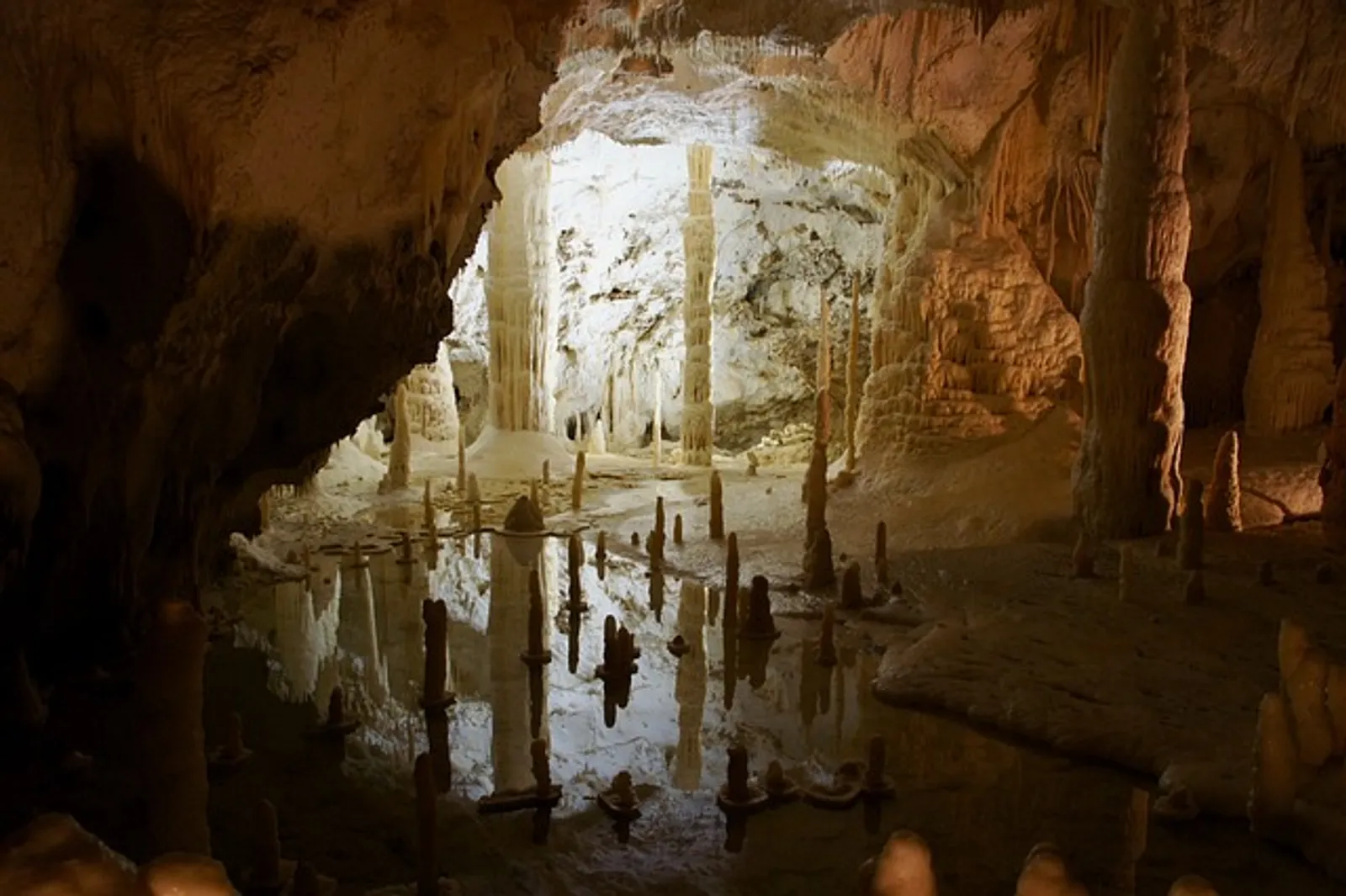Plato's Allegory of the Cave
Allegory of the Cave is one of the most famous teachings of Plato, about men whose limited knowledge shaped their reality.

4 min read
Allegory of the Cave is one of the most famous teachings of Plato, a Greek philosopher, which was written in his book Republic.
Let’s imagine a group of cavemen chained facing a cave wall. These people were born and raised alongside the shadows dancing on the cave wall in front of them. Whenever something passed in front of the cave, their shadow would cast on to the wall in front of these people. They leaned the world through these shadows. “This is a bird”, they called the shadow of a bird flying in front of the cave as a bird. “This is rain”, they called the fuzzy shadows on the wall as rain. The shadows on the wall were what they thought of as the world. What they saw was what it was. The shadows on the cave wall were the truth of nature.
One day one of the cavemen got himself out of the chain. He got up and walked out of the cave and met with light for the first time. He walked out of the cave and found himself in a strange new world, a world which he’d never seen or even imagined. The world of three dimensions completed with height, width, and length. The world of colours that had more than just light and dark. He found that all the truths he once believed in were nothing but shadows born from light blocked by ordinary objects outside of his cave. He found that his whole world was just a tiny cave in a much bigger world.
This caveman walked back into the cave in the hope of letting other cavemen join him outside. He told them of what he saw outside enthusiastically. However, instead of excitement, the others responded with dismay. No one understood what he described them. Some said that this caveman had lost his mind because he got out of the chain. Some got angry that he said they were wrong. For other cavemen, what he said shattered their entire world completely.
The Allegory of the Cave can be viewed in many lights. Originally, Plato used this story to express the importance and challenges of education to other people, especially in abstract topics such as philosophy and belief. In addition, this allegory is an example of Plato’s view of the world. In essence, Plato viewed the world as consisting of the World of Materials, which we can perceive through our 5 senses, and the World of Forms, which is the truth of nature.
There are many ideas following the same line of Plato’s; in contemporary, science, and social science, for examples. There are many stories about an artificial world where those who live in are oblivious to the truth that their world is just a tiny part of the real world. In Physics, it is widely accepted that there are more than just 3 dimensions in our reality and that humans, being 3-dimensional creatures, cannot perceive those higher dimensions. (This will be the topic for next time.) Moreover, this idea is the fundamental concept of most religions. The religious teachings tend to describe the real world, to explain to the listeners how their world is a part of the “real truth”. It is no different than the attempt of that caveman who tried to describe the world outside the cave to other cavemen.
We all are no different from those chained cavemen, whose truths are defined by their perceptions and experiences, regardless of their correctness. Philosophy and religions are those who enter the cave to tell us about the world outside of the cave. The one difference between us and Plato’s cavemen is that there are many people trying to tell us about the world outside; some are the same, some are different. Too bad we cannot all get rid of our chains and all see the world outside by ourselves.

